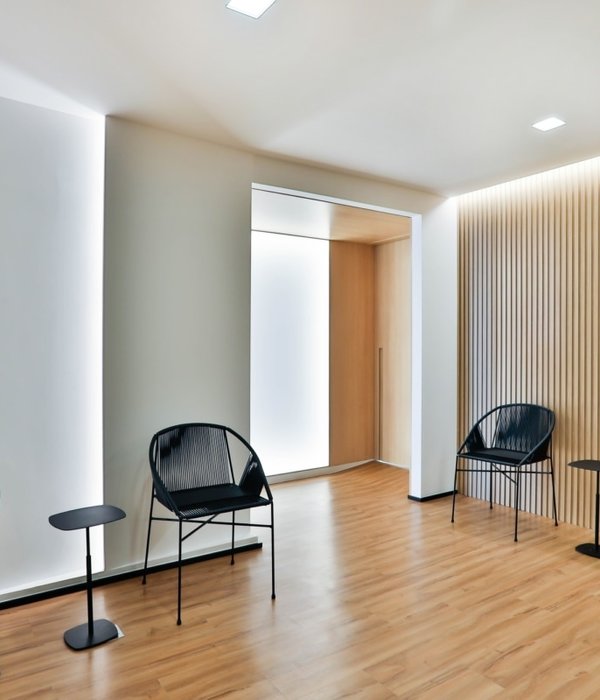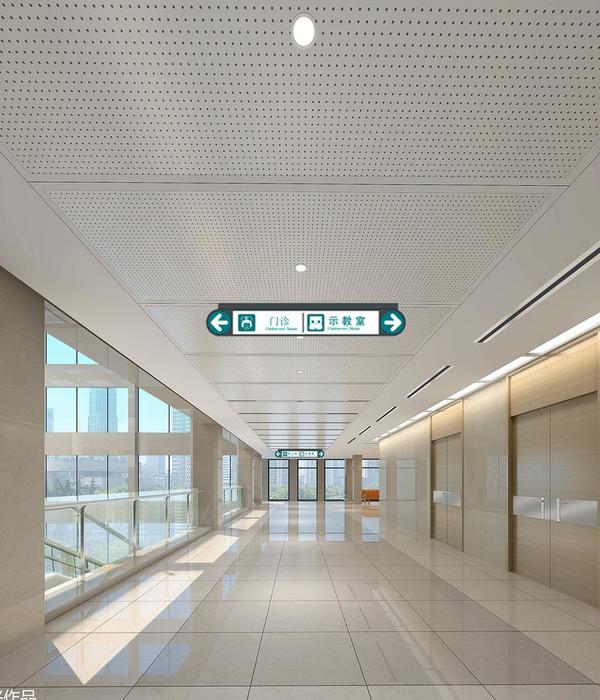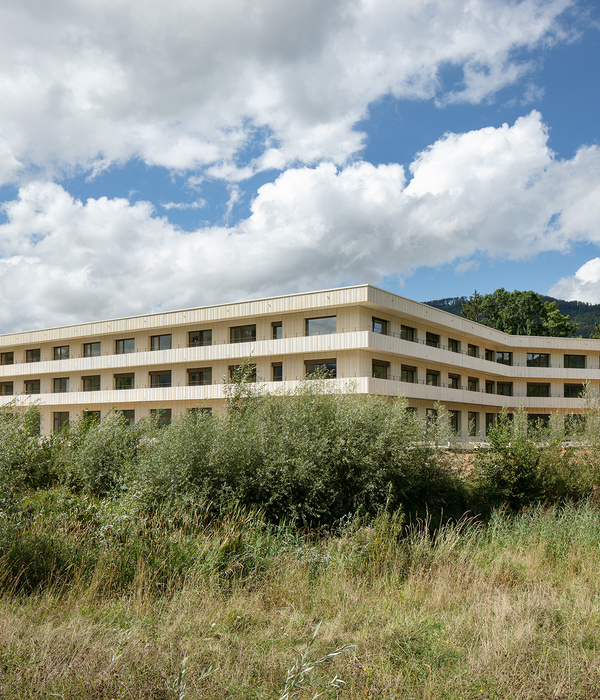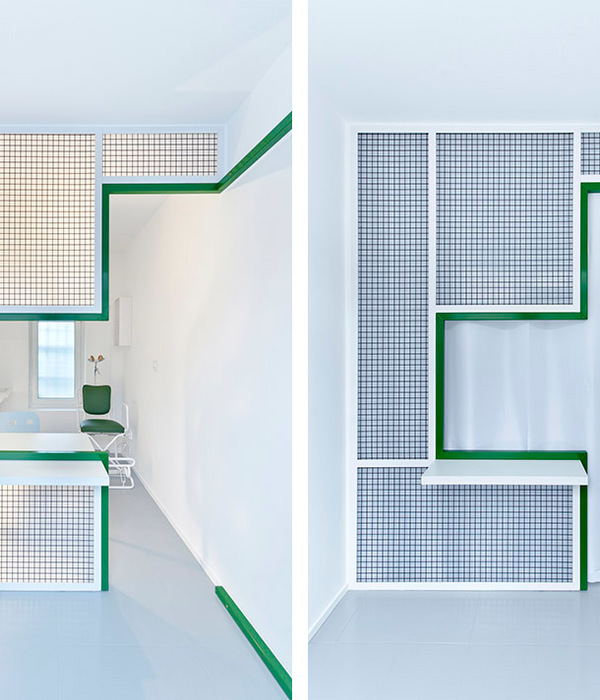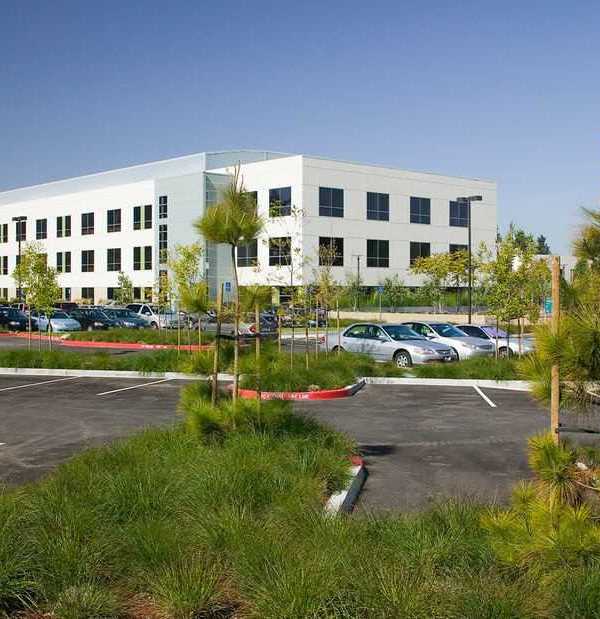Architects:Per Cavalli Arquitetura
Area:1650m²
Year:2023
Photographs:Cacá Bratke
Manufacturers:Pista Viva,Tresuno
Lead Architect:Giulia Bitar Malfatti
Co Creation:Maria Perez Coelho Bento
Civil Engineetring:Nicole Batista
City:Porto Feliz
Country:Brazil
Text description provided by the architects. During the pandemic, the desire to bring their horses from the city to the countryside motivated these clients to reach out to our office to design a suitable space to receive them, for both show jumping and dressage riders, the family needed a place that would allow not only training but also housing their animals active in the sport as well as retired animals and foals of their own breeding.
For retirees and foals, stalls with individual paddocks were designated, located closer to the main house, allowing a concentration of training equipment, such as tracks and round pens, close to the pavilion for 10 active sports horses. The layout format was a “U”, with the front facade closed, providing privacy. Passing the central portico, a square with a fountain and fire pit opens up, towards which the stalls face. In the opening, at the back, there is the round pen, access to the open training arena and the large covered arena.
A wide covered corridor connects the stalls to other areas, with emphasis on the veterinary space, in one of the “corners” of the “U”, and the living space, positioned at one of the ends. The positioning of the latter was even designed to allow it to be closed with large glass doors, since it is the only place in the pavilion where, ideally, there is no movement of horses.
In the same volume of the pavilion, at the opposite end, there are also: changing rooms, two covered horse showers, a sawdust deposit for the horses' bedding, a hay and feed deposit, as well as a saddle room. It is noted that its closure is made by wide wooden muxarabis, a safer material choice for places where horses roam and which limits the environment while allowing ventilation of the materials stored there.
Chosen based on local materiality, pigmented cement slats in an earthy tone cover the main and internal facades' mid-height, recalling the soil's color found on the site. The modernity of cement goes well with the more traditional ceramic tiles and with wood and black metalwork, resulting in a work that speaks to the pre-existences and the place where it is located.
Project gallery
Project location
Address:Porto Feliz, Brazil
{{item.text_origin}}


